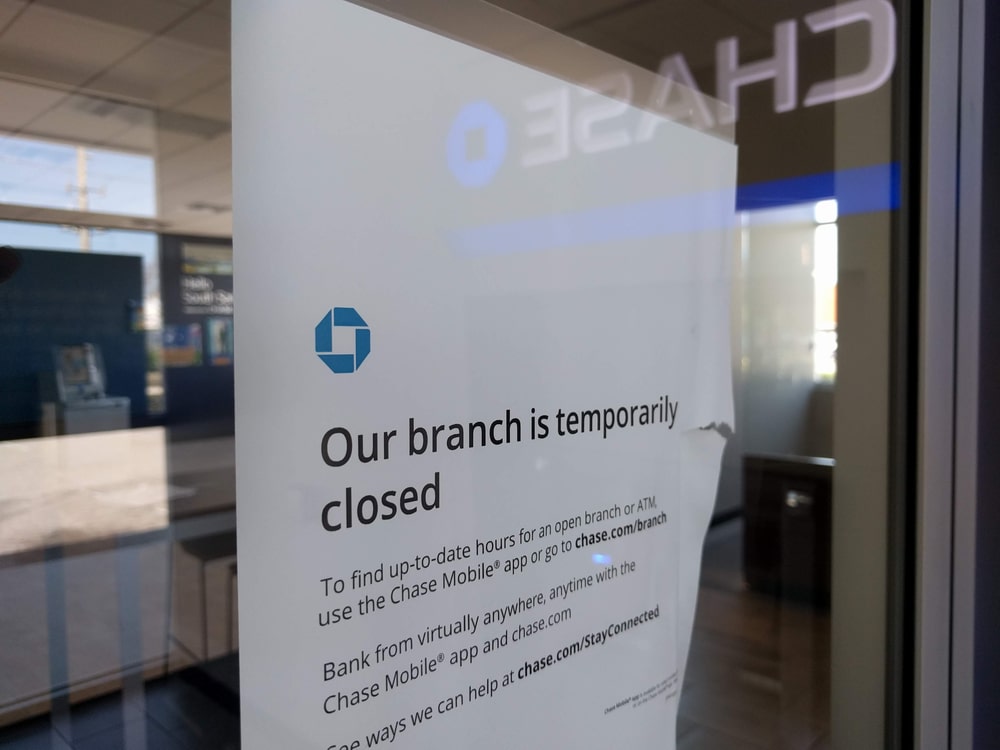US banks closed 79 branches in just six weeks – as the industry increasingly offers services online.
The figures suggest the axing of costly bricks-and-mortar locations will continue, with total closures so far for 2024 above 400.
California is worst affected by the recent closures with 20 registered shutterings between April 20 and June 1.
JP Morgan led the charge shutting 18 branches under its Chase retail arm. Wells Fargo was next with 17, including eight in just the past week.
Bank of America filed to close sixteen locations in states across the country including California, Florida and New Jersey.
BankUnited, BMO Bank, Citizens Bank and Inwood NB were also among those who announced closures.
The closures, reported to federal regulator the Office of the Comptroller of the Currency (OCC), mean that customers in the area will need to either drive further to another branch or turn to online banking for the majority of services.
Each week, banks must tell the OCC of branches openings and closures. Banks said they would open 57 over the past six weekly reports. The openings and closures may then happen in coming weeks or months.
Banks have announced the closure of more than 400 branches so far in 2024 – see the boxes below for the latest ones and links to all the others this year.
The last year in which the number of branches in the US increased was 2011, when there were more than 85,000 throughout the US, according to FDIC data. Since then the number has dropped steadily to about 70,000.
Most national banks like US Bank, Bank of America and Wells Fargo have become increasingly confident that online banking can meet most customers’ needs.
Closures can lead to significant savings. The average freestanding branch costs $2.6 million a year to run, according to Bancography, an Alabama-based consulting firm that advises banks.
Steven Reider, the founder and president of Bancography, previously told DailyMail.com that ‘banks are willing to close a branch that isn’t really overlapping any other branch on the gamble that customers are willing to drive a little bit further.’
‘I think Bank of America has leaned into that more than the other large banks have,’ he added.
Reider also noted that Bank of America’s merger history has meant it ended up with branches in rural locations while the industry is undergoing ‘a rural to urban conversion’.
‘Every census since 1910 has shown a greater proportion of Americans living in in urban areas than the preceding census, so as we become an increasingly urbanized country the demand in these legacy rural markets just fades away,’ he said.








